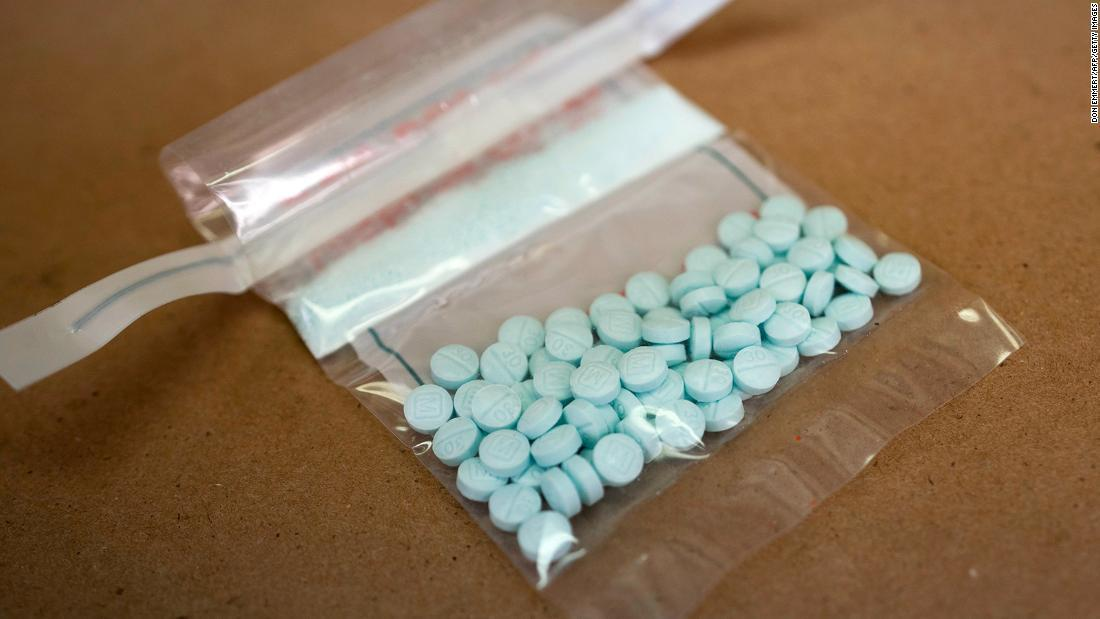The number of overdose deaths rose 29%, from 78,056 from April 2019 to 2020, to 100,306 in the following 12 months.
The data, from the CDC’s National Center for Health Statistics (NCHS), is considered provisional but is a good indication of what the final numbers will show next month.
¨It’s a staggering increase for one year and a grim milestone amid an already devastating period for the country,¨ said Bob Anderson, chief of the mortality statistics branch at the NCHS.
¨As we continue to make strides to defeat the Covid-19 pandemic, we cannot overlook this epidemic of loss, which has touched families and communities across the country,¨ President Joe Biden said in a statement Wednesday.
Vermont saw the biggest rise, with a nearly 70% increase. Large increases were also observed in West Virginia (62%), Kentucky (55%), Louisiana (52%) and Tennessee (50%).
Drug overdose deaths went down in just four states: Delaware, New Hampshire, New Jersey, and South Dakota.
Deaths due to opioids – mostly synthetic opioids, including fentanyl – accounted for more than 75% of deaths. Deaths due to psychostimulants, predominantly methamphetamine, also increased. Cocaine accounted for slightly more deaths in 2021 that the year before, and heroin deaths decreased.
Overdose deaths are often the result of multiple drugs, Anderson said. “They are killing people is combination, fentanyl combined with another drug such as methamphetamine or cocaine.”
The overlap of the ongoing overdose epidemic and the Covid-19 pandemic has left its mark on the United States.
A separate CDC report, published in July, concluded that the combination of Covid-19 and overdose deaths was the reason life expectancy in 2020 plunged by the largest one-year drop since World War II.
Researchers estimated that an increase in deaths from accidents or unintentional injuries – one-third of which were drug overdoses – was responsible for 11% of the decline in life expectancy.
mh/pll/msm/age









